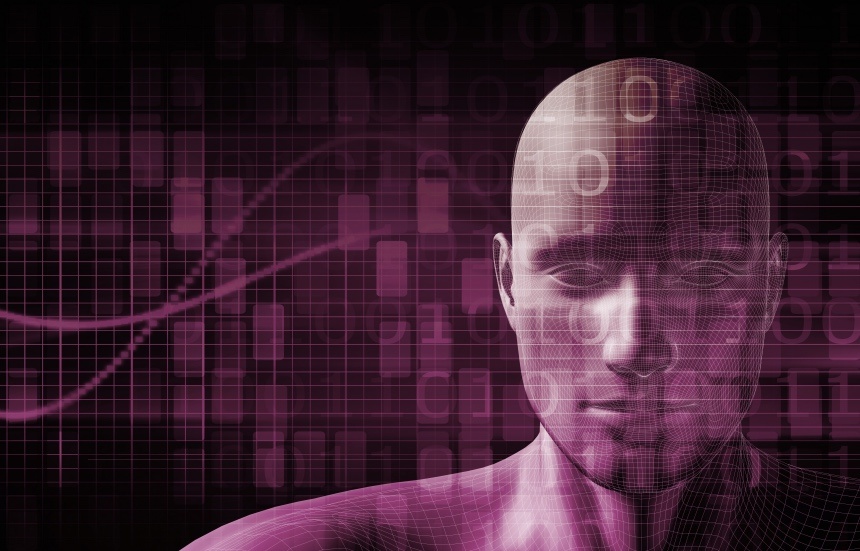Back to articles
Artificial Intelligence in Healthcare

Are wearables about to transition from trendy lifestyle gadgets into lifesavers? Data-assisted healthcare could transform the way doctors diagnose problems.
The rapid growth in wearables coupled with advances in sensor technology has created an enormous opportunity to revolutionise how patients are diagnosed within the healthcare sector.
A growing market
The growth in demand for wearable technology has been driven in part by the trend for tracking data such as steps, distance walked, vertical movement, and time spent standing or sitting.
According to IDC figures, 115.4 million units were sold in 2017, with Apple, Fitbit, Xiaomi and Garmin together making up more than half the total sales.
More tracking, better sensors
The devices continue to get smarter and are able to track things such as heart rate, an individual’s aerobic capacity (VO2max), calories burned, and even the quality of sleep.
It’s been estimated that in 10 years the wearables market will be worth $150 billion. With such market growth and continued innovation in the devices, we will suddenly be presented with an exponential increase in the amount of health-related data available to us.
Whereas previously a person would only know their resting heart rate or blood pressure on a yearly check-up at a health clinic, they could soon keep track of their own data and spot trends over time.
How can data help diagnose?
Medical professionals diagnose problems by looking at symptoms in context with the individual’s health history, and that of their family. But the problem is that history is usually based on sporadic visits to the doctor with very limited data available.
Even the most experienced doctors don’t have full knowledge of disease and illness stacked up in their brains. Aside from things such as asthma that they see regularly, doctors have to consult books, computers, or specialised colleagues.
Many common illnesses have symptoms overlapping with more unusual cases, but the subtleties can be missed without precise information.
This lack of data is a serious problem for a doctor and can cause the early signs of a serious problem to be missed. What if the patient hasn’t been sleeping well or is under work-related stress, but doesn’t offer up the information?
Even basic data such as heart rate, blood pressure and exercise data collected over time will be extremely valuable to help diagnose problems. But the amount of data these devices will collect presents a new problem, finding the needle in a haystack. Enter AI.
Spotting trends
It isn’t realistic to expect doctors to suddenly become data analysis experts. An additional layer of technology will be required, and right now AI offers the most promising opportunity to spot relevant trends among the wealth of data.
The key difference between an AI and a human when it comes to diagnosis is the ability to quickly reference a baseline. Data such as body temperature, resting heart rate, and blood pressure can be monitored for changes that could otherwise be missed.
Would a doctor spot a jump in someone’s resting heart rate with only a limited amount of data? Subtle changes can be picked up and over time, this should create an even more accurate AI.
Where do we go from here?
We are in the early days of AI, but it seems as if data-assisted diagnosis has the potential to transform the healthcare sector. However, the empathetic aspects of a doctor’s role cannot be replaced by computer, and this is something to bear in mind as we move forward in this developing area.
Of course, there is also the question of whether we are humans are ready to trust decisions made by a computer, but that’s a question for another blog post.


